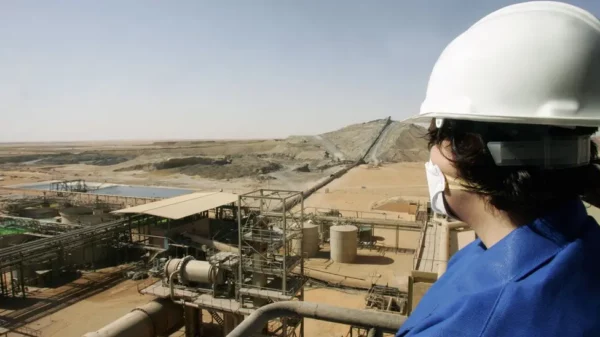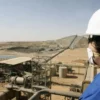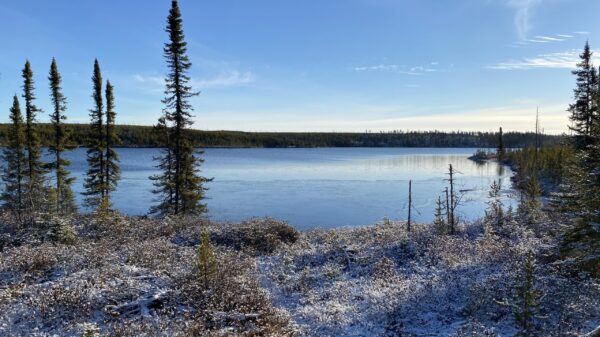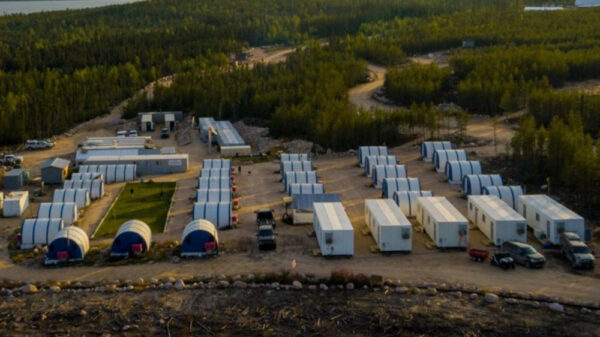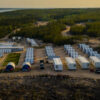FISSION URANIUM CORP. (TSX: FCU) (OTCQX: FCUUF) finished the Front End Engineering Design (FEED) at its Patterson Lake South (PLS) uranium project in Saskatchewan, Canada.
The company explained on Wednesday that the completion of this development phase includes all geotechnical drilling needed for the tailings management facility (TMF) and underground mine access. This includes both the decline and ventilation. Now the company can transition into the detailed design phase.
Also, Fission indicated that it had responded to all information requests from the ministry about its initial draft environmental impact statement (EIS). The permitting process for the EIS and a minsterial decision is expected in Q4, 2024.
Fission has optimized the processing plant and underground mine designs, including ventilation shafts and tunnel design through the overburden. The updated mine design now incorporates the latest innovations in uranium processing and mine development techniques, as outlined in the Feasibility Study. By Q4 2024, Fission expects to complete FEED and update the engineering to the level required to support an application for site preparation and mine or mill construction.
Additionally, the company conducted geotechnical and 1515W resource drilling. It also completed 87 sonic holes and 21 diamond drill holes totaling 9,605 meters.
The sonic drilling gathered geotechnical and hydrogeological data necessary to finalize the design for the TMF, ventilation shafts, and decline areas, particularly in the overburden. The resource infill program will allow Fission to upgrade the current Inferred Resource to Indicated Resource.
Read more: American utilities buy up 27% more uranium in 2023
Read more: Westinghouse Electric Company inks deal to provide UK first privately-financed SMR fleet
Design phase will build on FEED design
At present, the company is exploring Vertical Cutter Mining and its potential application for mining the R1515W zone. The company is in the process of selecting a lead engineering consultant to oversee the next stage. The design phase will build upon FEED design and constructability decisions. These include tunnel development through overburden using Tunnel Boring technology, ventilation shaft development through overburden using Diaphragm wall technology, and mineral processing with state-of-the-art automation and design concepts.
“Completion of FEED brings the engineering to the level required to support the CNSC application to prepare site and construct a mine or mill,” said Ross McElroy, president and CEO for Fission.
“We are now fully transitioning into Detailed Design. In addition, pending assays, the success of this year’s resource upgrade drilling at the R1515W zone should allow us to integrate this important high-grade zone into our overall mine plan, which aims to increase mine reserves.”
This development comes during a period of time where Fission is preparing for an acquisition by Australian uranium miner Paladin Energy Limited (ASX: PDN) (OTCQX: PALAF).
Paladin will acquire Fission’s flagship Patterson Lake South (PLS) operation for CAD$1.1 billion.
The PLS project is located on the eastern side of the Basin near NexGen Energy Ltd. (TSX: NXE) Arrow deposit. It benefits from the shallow depth of its Triple R deposit, which sits just 50 meters below the surface.
In contrast, NexGen’s Arrow deposit is being developed at a depth of about 350 meters. Paladin expects to secure the necessary approvals for PLS and aims for production to begin in 2029. Once the deal closes in Q3, Fission shareholders will hold 24 per cent of the combined Paladin entity.
Follow Joseph Morton on Twitter
joseph@mugglehead.com







